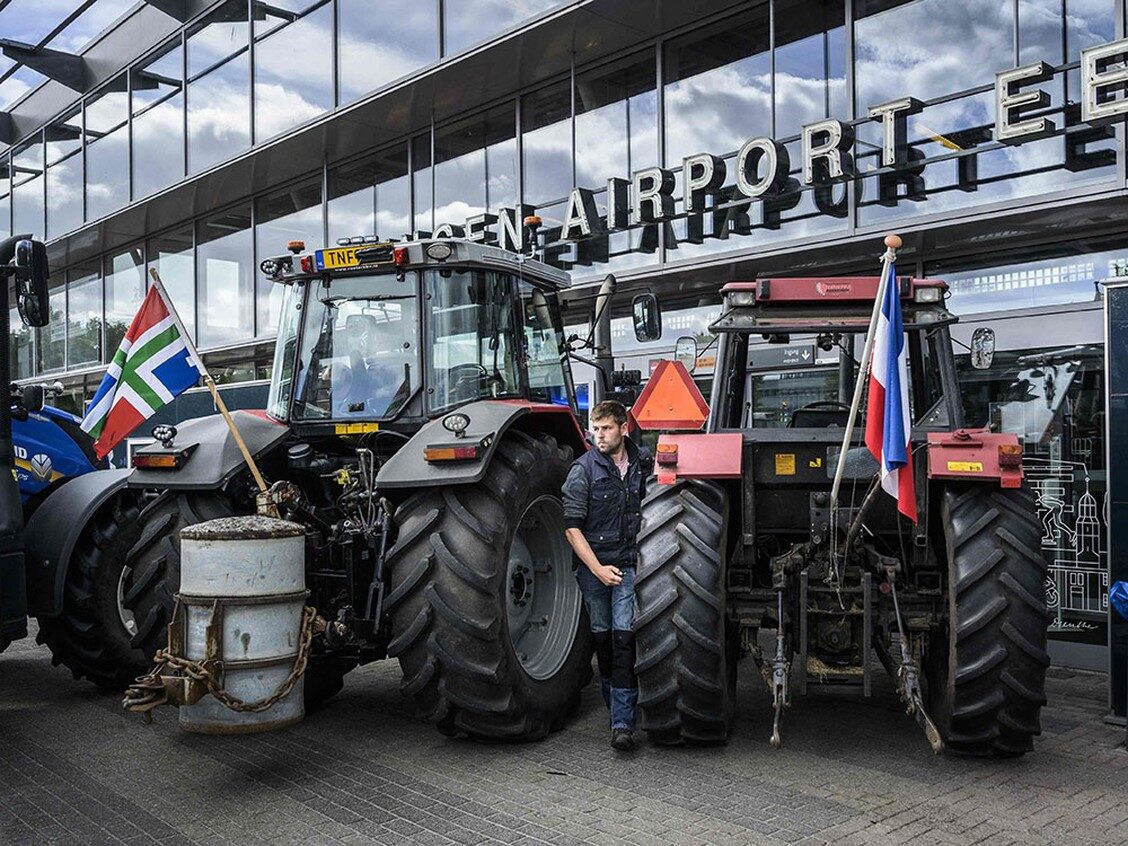
The 6.7 billion euros has not yet been approved by the Cabinet, which first wants to be convinced of the effectiveness of the measures, according to the broadcaster. Adema also thinks he'll need about 600 million euros per year for "ecosystem services" - the ways in which farmers can manage nature themselves.
According to the memorandum, Adema eventually wants to introduce a maximum number of cows per pasture. The document mentions "up to 0.35 hectares of grassland per livestock unit." That amounts to about two cows per football field. He hopes that this will result in fewer cows in grassland-poor areas. It could also lead to fewer maize fields that can be converted into grassland and improve biodiversity and water quality.
Comment: So encouraging all kinds of life but human?
Other measures mentioned in the memorandum are low-emission stables, adapting animal feed, fewer crop-protecting agents, more manure processing, and sustainable soil management.
The government is still negotiating the Agriculture Agreement with the agriculture sector, so all of these measures are still up in the air. Farmers are particularly against limiting their livestock, according to NOS.
According to a study by Wageningen University cited in the memo, the livestock sector will have to shrink by 20 to 30 percent on top of all the other measures in the agreement to bring the climate, water quality, and nitrogen targets within reach.



Comment: It's become quite clear that there is an overt and concerted attack on farmers across the West, meanwhile there's also a covert attack on food processors and supply chains. Evidently, some in the establishment want to accelerate and worsen the already looming food shortages: